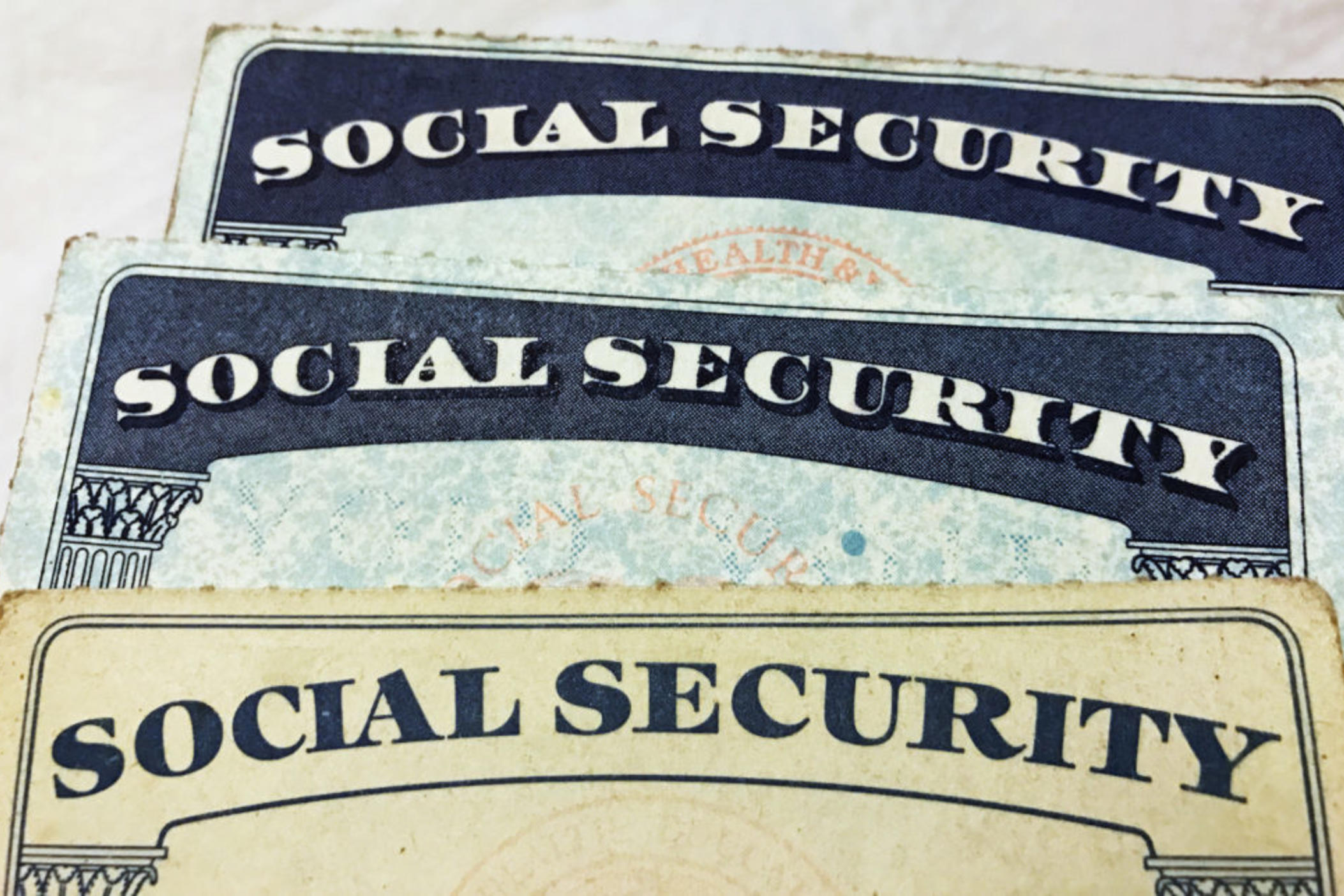Social Security’s Major Shake-Up in 2025: Are You Ready for the New Payment Method?
The Social Security Administration (SSA) has revealed major updates to its payment methods, set to take effect in 2025. These changes will impact millions of Americans who rely on Social Security benefits. While some recipients will see minimal disruption, others may face significant adjustments. Here’s a closer look at the upcoming shift in how Social Security payments are made, and who will be most affected.
Direct Deposit Will Be the Only Option for Payment
The most significant change is the shift to direct deposit as the exclusive payment method for all Social Security beneficiaries. Starting in January 2026, the SSA will no longer send paper checks. Instead, everyone receiving benefits will need to set up a direct deposit to their bank account, or choose a prepaid debit card provided by the SSA called the Direct Express card.
For years, the SSA has offered paper checks as an option for those who don’t have bank accounts or prefer a physical check. However, the new rules are part of a broader government push to modernize financial services, reduce fraud, and lower operational costs.
Who Will Be Affected by This Change?
-
Paper Check Recipients: Around 7 million people still receive Social Security payments by check. These individuals will need to make the transition to direct deposit or the Direct Express card. The SSA is already providing resources to help these recipients navigate the change, including one-on-one support for those who may have trouble setting up new payment methods.
-
New Beneficiaries: Starting in 2025, anyone who begins receiving Social Security benefits will automatically be enrolled in direct deposit. Paper checks will no longer be an option for newcomers to the program.
-
Low-Income and Rural Recipients: While the SSA is working to make the transition as smooth as possible, some low-income or rural beneficiaries might face challenges accessing banking services. To address this, the SSA is encouraging these recipients to sign up for the Direct Express card, which can be used like a debit card at stores and ATMs. This will be an essential option for those without bank accounts.
Why Is This Change Happening?
The SSA says that moving to direct deposit will make payments safer, faster, and more reliable. Paper checks can be lost, delayed, or stolen, leaving beneficiaries without their funds. By switching to electronic payments, the SSA hopes to eliminate these risks. Direct deposit is also more efficient, cutting down on administrative costs, and ensuring people get their benefits without unnecessary delays.
What Do You Need to Do?

If you’re one of the millions still receiving a paper check, the SSA advises acting soon to set up direct deposit. You can provide your bank account information online, over the phone, or at your local SSA office. For those without a bank account, the Direct Express card will be available as a reliable alternative.
The SSA has set up a website and hotlines to help guide beneficiaries through the transition process. There’s no need to wait until the last minute – starting the switch now will help ensure there are no disruptions in your payments.
What’s Next?
The move to digital payments is part of a larger federal effort to modernize government services and reduce waste. While it may take some time for beneficiaries to adjust, the change promises to make Social Security payments safer and more convenient in the long run.
Beneficiaries who make the transition early will have peace of mind knowing that their payments will arrive securely and on time, every time. So, if you still receive your Social Security benefits by paper check, now’s the time to act.


Comments are closed, but trackbacks and pingbacks are open.